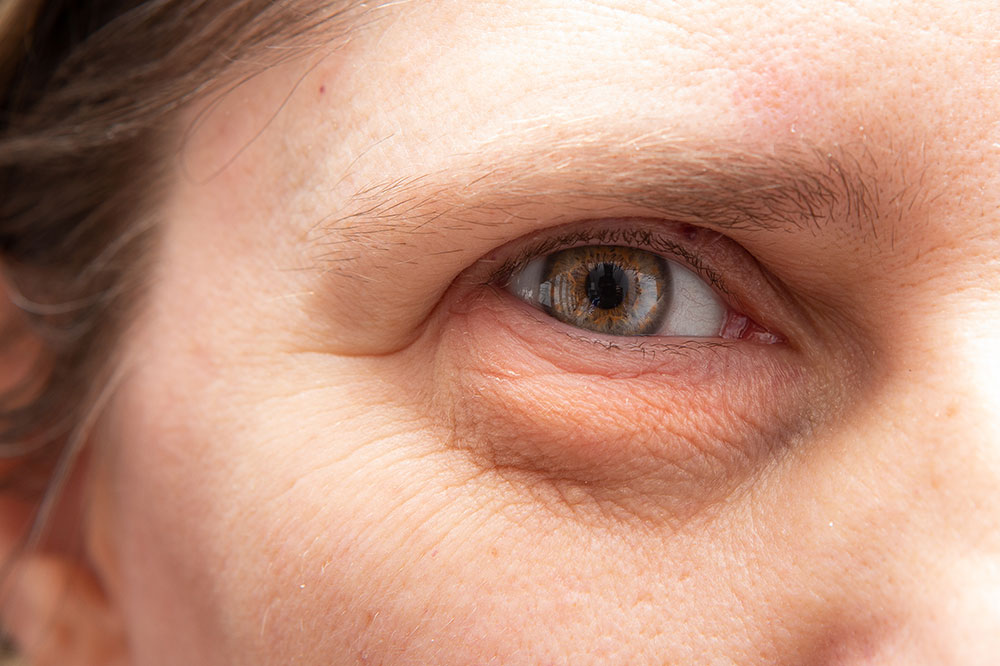Eye Bag Removal Procedures for Seniors – Things to Keep in Mind

Eye bag removal procedures are vital to maintaining one’s vision health. There are many remedies for seniors with bags under their eyes to manage this condition. While some people may try to hide their swelling with makeup, others opt for surgery. Experienced doctors can help older adults in removing those bags quickly so they can return to enjoying life without worrying about getting glasses or contacts. Look at a few eye bag removal procedures below.
Surgery
Laser treatment is one of the most common surgical procedures on an eye bag. The doctor will create a tiny hole in your skin and insert a small laser device into your eyelid, which then burns away some excess fat around your eyes. Such procedures can be carried out in an outpatient facility or at one’s home when there is access to a mirror and enough space on one’s face where doctors can place their instruments while they work. People undergoing this procedure may also experience some swelling around their eyes and bruising for about two days after the surgery. However, these symptoms usually go away within 24 hours after treatment. Blepharoplasty is another type of surgical procedure to get rid of excess skin from the eyelids. Here, the surgeon removes the fat in the lower eyelid area and tightens the skin and muscles to improve the patient’s appearance.
Non-surgical procedures
Non-surgical procedures are an excellent option for seniors who want to remove their eye bags but don’t have time or money for surgery. Such procedures involve injecting a solution into one’s veins, which will then be absorbed by the body and reduce puffiness around the eyes over time. One may experience mild discomfort during the procedure, like warmth or tingling in the face and neck. One will also feel pressure on either side of your head when applying the ultrasound probe during an injection session—this helps ensure that all areas receive equal treatment with no missed spots. The effects usually last 2–3 months, depending on how much fluid buildup within each eye (more than 20% volume increases the risk of developing cataracts). Once finished, one can observe an improvement within 24 hours and increased collagen production in surrounding tissue, reducing wrinkles around the eyes due to stretching caused by puffy bags under lids.
Recovery
After most surgical procedures, the patient will be taken to the recovery room to relax and rest. In addition, one must follow your doctor’s instructions regarding your activity immediately after surgery. Moderate bruising and swelling are expected from this procedure, but these symptoms usually fade within one to two days. Refraining from strenuous exercise for a few days after surgery would be best until all the swelling has gone down completely. Therefore, it is best to avoid driving or heavy lifting while recovering from an eye bag removal procedure if your physician deems it necessary based on their examination of your post-operative condition or the results of tests performed before surgery (such as MRI).
Preparation
Preparation is key to a successful eye bag removal procedure. To ensure optimal health to undergo the process, make sure your blood pressure is normal and not too high. It is best to understand what it means to be under anesthesia and all its risks and side effects. Knowing precisely what happens after your eye bag removal procedure is necessary to anticipate any complications or problems that may arise during recovery.
Cost of eye bag removal surgery
The expenses of eye bag removal surgery may vary depending on the doctor and procedure. Most doctors charge between $3,000 and $5,000 for a full-face lift. You can also check with your doctor if they provide any discount or payment plan. Some surgeons may offer discounts if they know you have a good credit history or income (or both). Other surgeons may require patients to pay upfront before seeing them and then negotiate terms with the patient after surgery. Knowing how many people opt for a particular specialist will give an idea of how competitively priced their services are. One can look for alternatives like local plastic surgery clinics and hospitals specializing in cosmetic procedures such as breast augmentation/reduction surgeries.
Cost of surgical and non-surgical procedures
The cost of surgical and non-surgical procedures differ. The average price for eye bag removal surgery is $2,500, and the average cost for non-surgical treatments ranges from $1,500 to $3,000. While these numbers may seem steep at first glance, they are still far less than you would pay for traditional cosmetic eye surgery—which averages around $10,000 per procedure. That said, if you want something more affordable than altering your eye area with a surgical knife or laser machine, then non-surgical options might be right up your alley.
Risks and side effects
There are various types of eye bag removal procedures. Some are more invasive than others, and some may involve side effects. For example, a few risky non-surgical procedures include dermal fillers, Botox injections for crow’s feet (wrinkles beneath the eye), and tweezing the excess skin around your eyes with an eyelid threader device or a needle-like tool (eyelid threading). Besides these, other procedures include chemical peels that are used to fade dark spots/hyperpigmentation on or around the eyelids and treat acne scars caused by chickenpox or smallpox vaccinations and laser resurfacing treatments for lines and wrinkles around your eyes.
Senior adults considering eye bag removal surgery or any other non-surgical procedure should always consult their doctor to learn more about the risks involved. These procedures can be expensive, but numerous insurance companies cover some, if not all, of the costs. Contact your local provider directly if you have queries regarding your insurance benefits.






